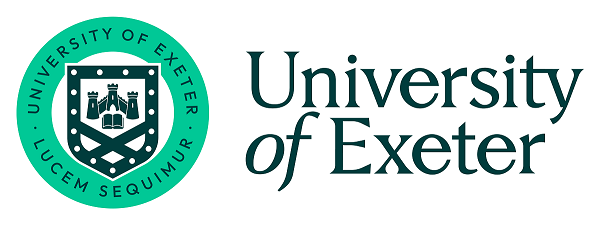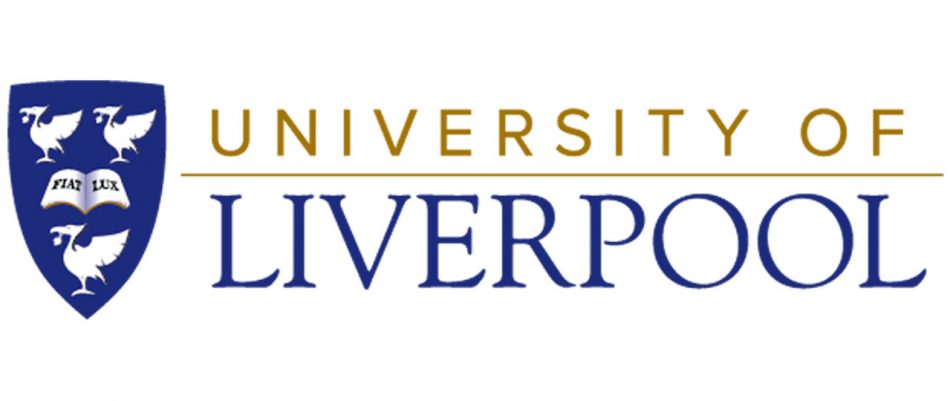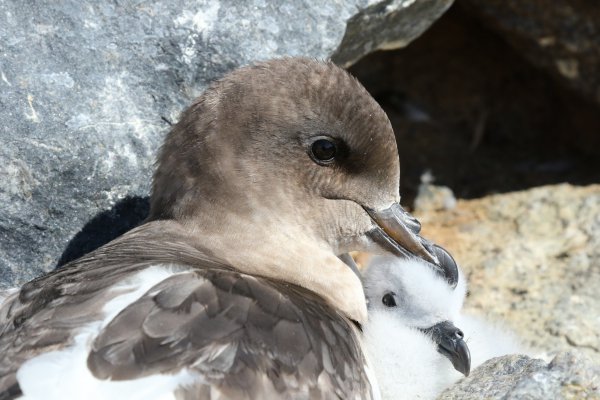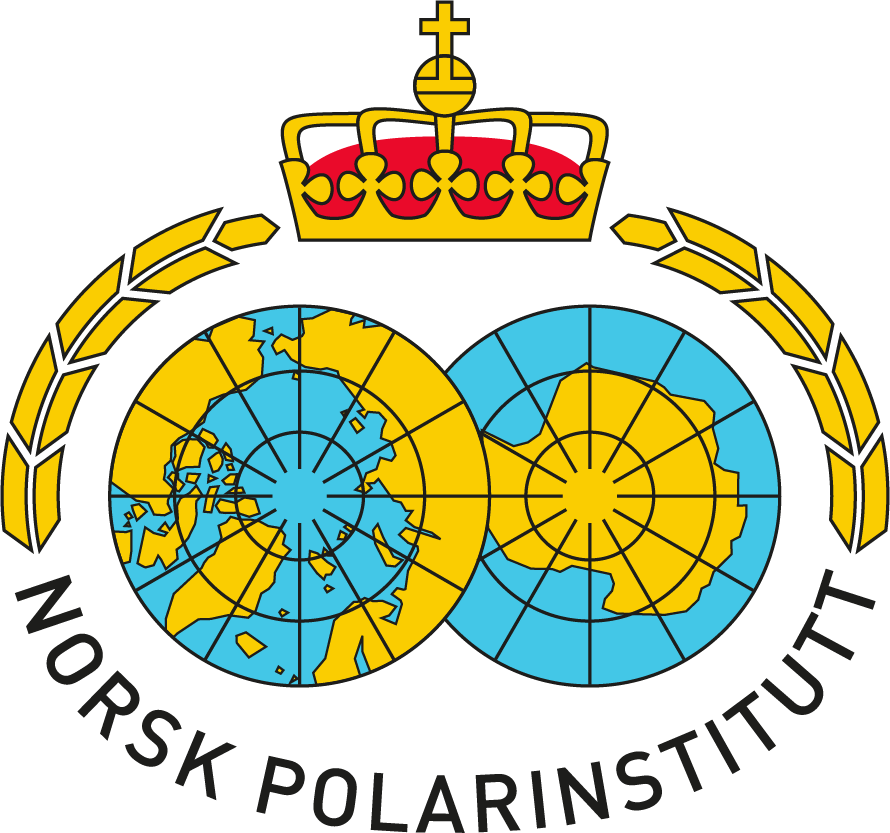Projects
Indian Ocean seabird connectivity & conservation



We are exploring the drivers of tropical seabird distributions and dispersal, to inform effective conservation strategies in the Western Indian Ocean. The Western Indian Ocean supports ~19 million seabirds of 30 species across 54 colonies, making it one of the most important tropical seabird assemblages in the world.
This ongoing project is part of the Bertarelli Programme in Marine Science.
Aims:
To evaluate the foraging and migratory ecology of tropical seabirds, and the consequent value of regional Marine Protected Areas.
To understand the causes and consequences of seabird connectivity in tropical environments. In particular, the incidence and drivers of seabird prospecting, at-sea foraging habitat suitability, and the status of gene-flow among seabird colonies across the Western Indian Ocean.
Isles of Scilly Seabirds: distributions, resource availability, and ecosystem roles

The Isles of Scilly is an archipelago off the South-West UK, home to an internationally important assemblage of 13 seabird species. Our project uses seabirds as indicators of ecosystem health, and aims to quantify seabirds’ role as ecosystem engineers, to tackle key threats to their breeding success: invasive predators and climate- and fisheries-induced changes in prey availability.
This ongoing project is a collaboration with the Isles of Scilly Wildlife Trust, the Isles of Scilly Inshore Fisheries and Conservation Authority, Natural England, and the RSPB.
Aims:
To understand the at-sea distributions of seabirds and their prey fish on the Isles of Scilly to inform their spatial protection. Led by PhD student Sabiya Sheikh.
To understand the role of Isles of Scilly seabirds as ecosystem engineers to inform future restoration actions
Kittiwakes and offshore energy developments

The now Critically Endangered Black-legged kittiwake, Rissa tridactyla, has experienced widespread declines across the UK. Conservation focus is shifting offshore amid marine renewable developments that require impact assessment and offsetting, and the decommissioning and re-purposing of end-of-life oil and gas platforms. Offshore structures could support a significant kittiwake breeding population, not currently included in current population estimates.
Aims:
To understand the importance of offshore oil rigs as breeding habitats for kittiwakes. Multiple projects led by former UoE masters student Anna Lowden and current UoE PhD student Debs Allbrook.
To understand year-round distributions of the North Atlantic kittiwake metapopulation to inform future offshore renewable consenting. Led by PhD student Vance Mak
ExMove: An open-source toolkit for processing and exploring animal tracking data in R


Alongside Liam Langley, Stephen Lang, & Luke Ozsanlav-Harris, we have created a toolkit for processing biologging data from tag downloads to online archive. All resources and code can be accessed via the ExMove website and GitHub repository.
Aims:
Collate and process raw data from tracking devices, such as GPS, GLS and Argos, into a standardised data set for analyses and archiving in online tracking databases.
Facilitate robust data cleaning by providing an interactive shiny app to aid parameter determination and visualisation.
Generate a learning tool for users to develop skills in animal movement analysis.
Maximize stability by using a few well-maintained core R packages, including here, tidyverse and sf.
Provide open source code, the initial steps of which can be adapted for biologging studies, such as merging and standardizing additional sensor data (e.g., immersion/TDR) from multiple individuals.
Environmental drivers of individual and population movement strategies


I explored the influence of environmental heterogeneity, as a proxy for resource patchiness, on black-legged kittiwake, Rissa tridactyla, habitat selection, individual consistency, and reproductive success, during my PhD at the University of Liverpool.
Key findings:
Environmental heterogeneity most likely clusters resources into discrete patches. This provides foraging opportunity, creates competition among individuals with negative consequences for reproductive success and promotes individual specialisation in habitat selection.
Contributed to review of optimising biologging methods
Polar seabird monitoring and foraging ecology


I joined the Norwegian Polar Institute on expeditions to the Antarctic (Tor field station) and Arctic (Svalbard) to help with regular seabird monitoring, and foraging ecology studies.
Key findings:
Prey density effects predator foraging strategies, most likely via group vigilance and defense
Individual foraging strategy is linked to diet in Antarctic petrels, with implications for population resiliance to climate change and fishery impacts
Seabirds as indicators of marine litter


Monitoring plastic ingestion by northern fulmars, Fulmaris glacialis, in the Norwegian high Arctic, during my MSci at the University of Southampton.
Key findings:
Arctic marine litter levels were higher than expected from regional trends, and exceeded the ecological quality objective defined by OSPAR for European seas.
Highlighted the value of seabirds as bio-indicator species within marine policy, the connectivity of the global oceans, and the need for urgent regulation of plastic pollution in the Arctic
Contributed to ongoing monitoring and recommendation of standardised methods for quantifying debris ingestion in marine megafauna